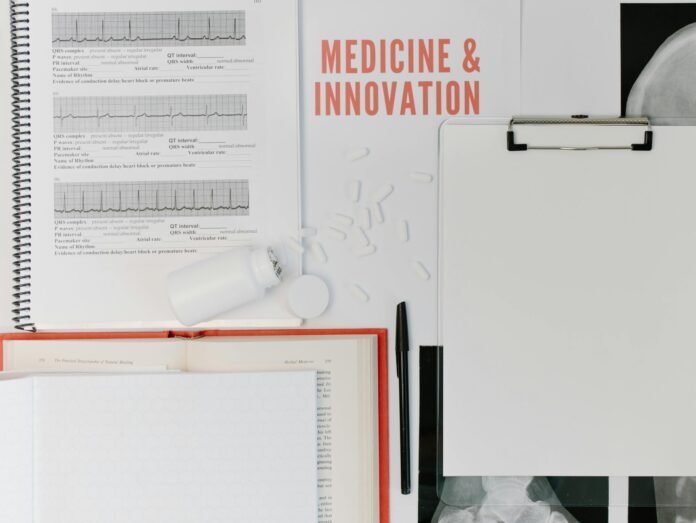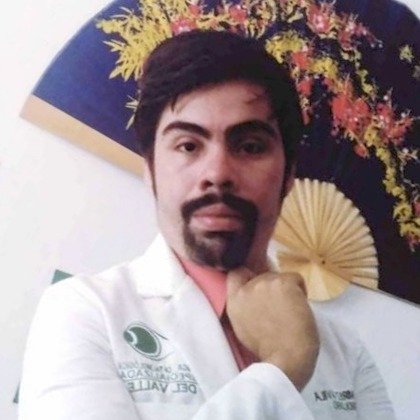Day by day, we have seen how our society has changed, starting from food, our lifestyle, our sleep habits, and also our behavior due to the appearance of different ailments that before the year 2020 were uncommon but nevertheless were already present, but in a sporadic and isolated way. That’s right, I am talking about those autoimmune/chronic degenerative diseases of a rare or idiopathic nature.
In this group, we can mention different conditions such as fibromyalgia, chronic fatigue syndrome, persistent drug-resistant hypertension, diabetes that is difficult to control, psoriasis, eczema, dysautonomia, depression, and chronic anxiety with no apparent cause, heart disease, systemic lupus erythematosus, kidney disease, cyst disease (called ovarian, renal, liver or the so-called abscesses), rheumatoid arthritis and of course cancers and neoplasms.
Given the number of different signs and symptoms, the different age groups, the epigenetic factors, the levels of vital energy and consequently the health levels of these other patients, in addition to the base medication and complications due to these problems.
A single treatment could offer few results and insignificant advances in the patient’s quality of life.
It is at this point that regenerative medicine enters the field of action, remembering that this therapy aims to regenerate, repair, and restore the physiological and vital functions of the patient, using biological products like plasma rich in growth factors, ozone, mesenchymal stem cells and their by-products, autologous cells, implants and placental tissues, gene therapy, molecular therapy with neutralized and autonomic tissue engineering where blood products are used.
On this occasion, we will address one of the safest, most effective options with the best effect in the short and medium term in the vast majority of patients.
Human placenta
The placenta is an organ that forms during pregnancy and plays a crucial role in the development of the fetus, providing nutrients and oxygen and removing waste. Since ancient times, many civilizations considered it a sacred and valuable resource, given its nutritional contribution. The placenta is a source of stem cells that can be used in regenerative medicine to treat various conditions.
Some benefits of placenta treatment:
Heart cell regeneration: Placental stem cells can regenerate healthy heart cells after a heart attack.
Treatment of eye injuries: The placenta can treat ulcers, tumors, or dry eye.
Wound care: The placenta can treat burns, ulcers, or wounds that are difficult to heal.
Maxillofacial reconstruction: The placenta can be used in maxillofacial surgeries.
The placenta also contains vitamins, proteins, enzymes, lipids, and glycosides. Therefore, it can be used in skin products to strengthen, enrich, oxygenate, and revitalize the skin.
For medical use of the placenta:
It must come from healthy donors, without sexually transmitted diseases, congenital alterations, autoimmune problems, and free of any pathogen.
All the placenta used in cell therapy are properly disinfected and analyzed to guarantee patient safety, histocompatibility, and effectiveness.
The medical use of the placenta has gained attention in recent years, especially in regenerative medicine and cell therapy. The following are some of the applications and considerations related to the medical use of the placenta.
Clinical applications
Cell Therapy and Regenerative Medicine:
- Stem Cells: The placenta is a rich source of mesenchymal stem cells, which have the potential to differentiate into several cell types and can be used to treat various conditions, such as tissue injury and degenerative diseases.
- Growth Factors: The placenta contains numerous growth factors and cytokines that can promote tissue healing and regeneration.
Grafts and Implants:
Freeze-dried implants: As mentioned above, freeze-dried placenta implants are used in orthopedic and wound treatments, taking advantage of their regenerative properties.
Tissue Grafts: In some cases, placental tissue grafts have been used to repair damaged tissues.
Aesthetic Treatments:
Cosmetics and Supplements: Some beauty products and food supplements contain placenta extracts. These are used as a supportive treatment at home, but they are not a substitute for a treatment. The most common are placenta capsules, placenta shampoos for hair loss, and face creams with placenta extract.
Disease Research:
Immunological and Autoimmune Diseases: The use of products derived from the placenta in treating autoimmune diseases and inflammatory disorders is being investigated, due to their immunomodulatory properties.
Conclusion and Final Considerations
As we can see, regenerative treatments based on the placenta have experienced a significant increase in the last 2 years. More and more people are opting for a more natural option with few side effects, which, in addition to giving them more energy, also regulates inflammatory processes, generates gradual and progressive changes in their state of health, and lacks unwanted or unknown long-term effects.
It should be noted that this treatment is totally safe, as long as the proper hygiene and biosecurity measures are applied in its application, always observing when is the best time to consider it as an option and thus obtain the best benefits from it.
We should also remember that the potential benefits depend on care, adequate nutrition, quality of life, epigenetic factors, and the patient’s health or disease.
This and any other therapy is always an integral part of the patient’s treatment plan. For more information, do not hesitate to contact us.


